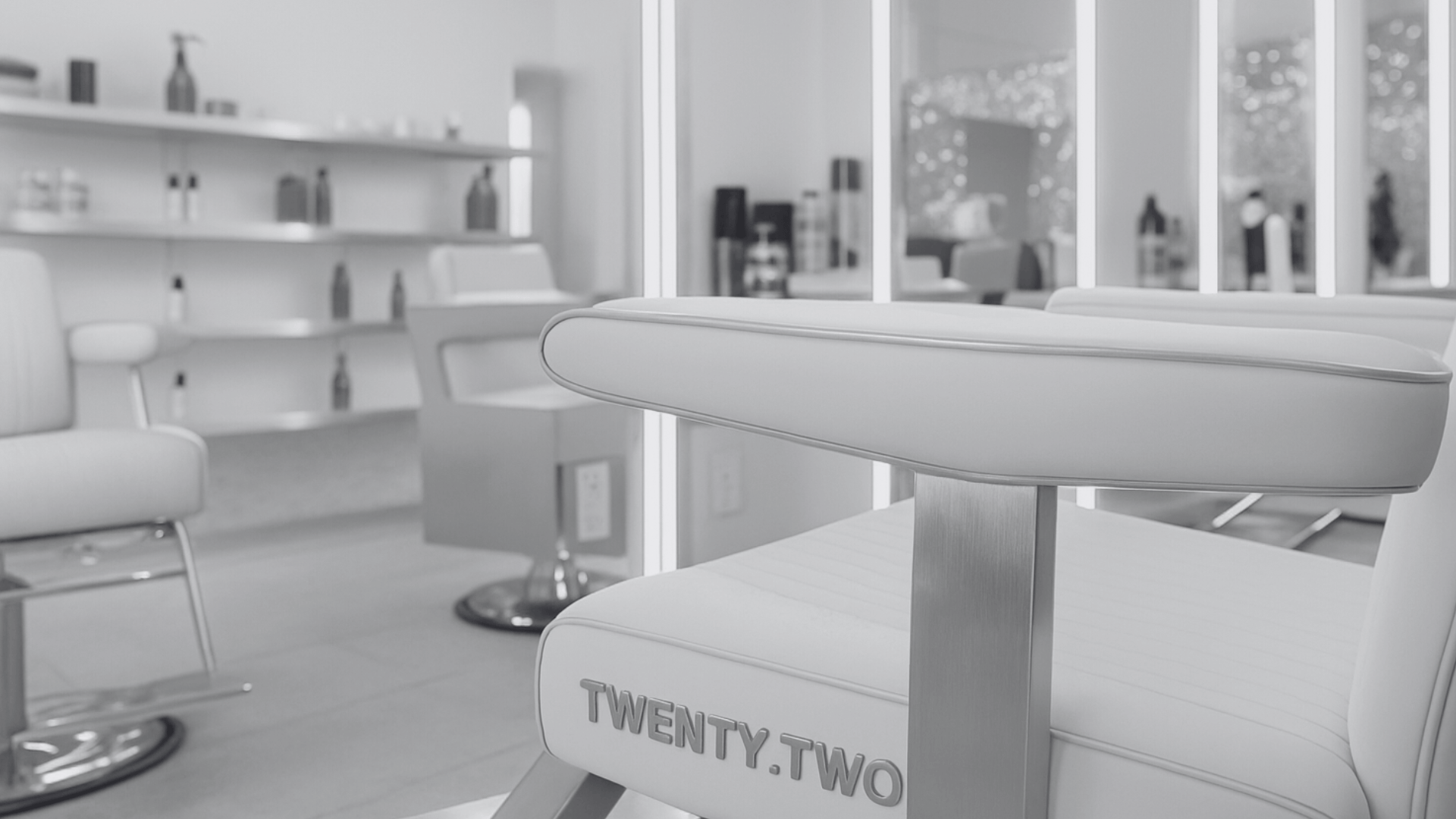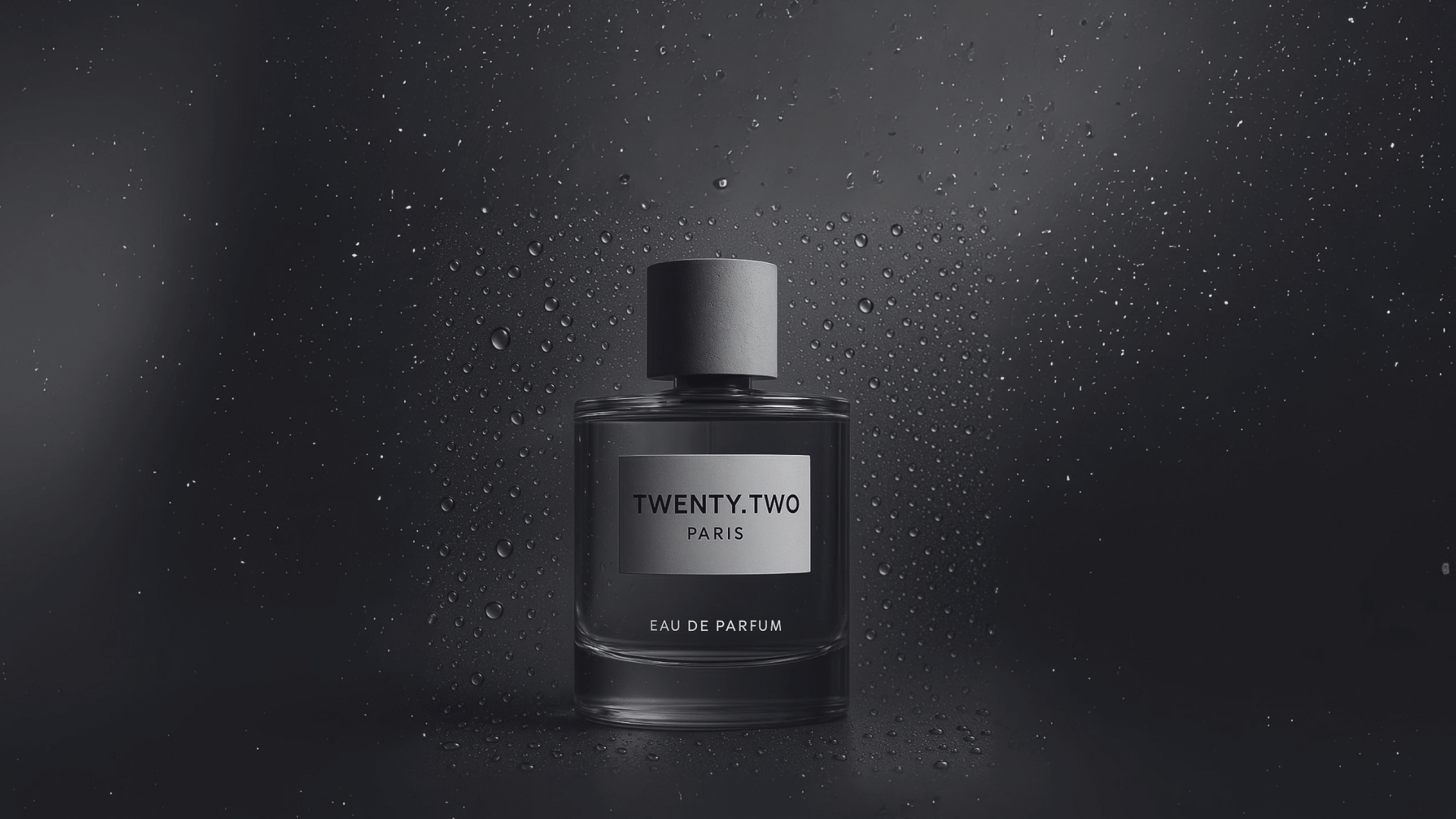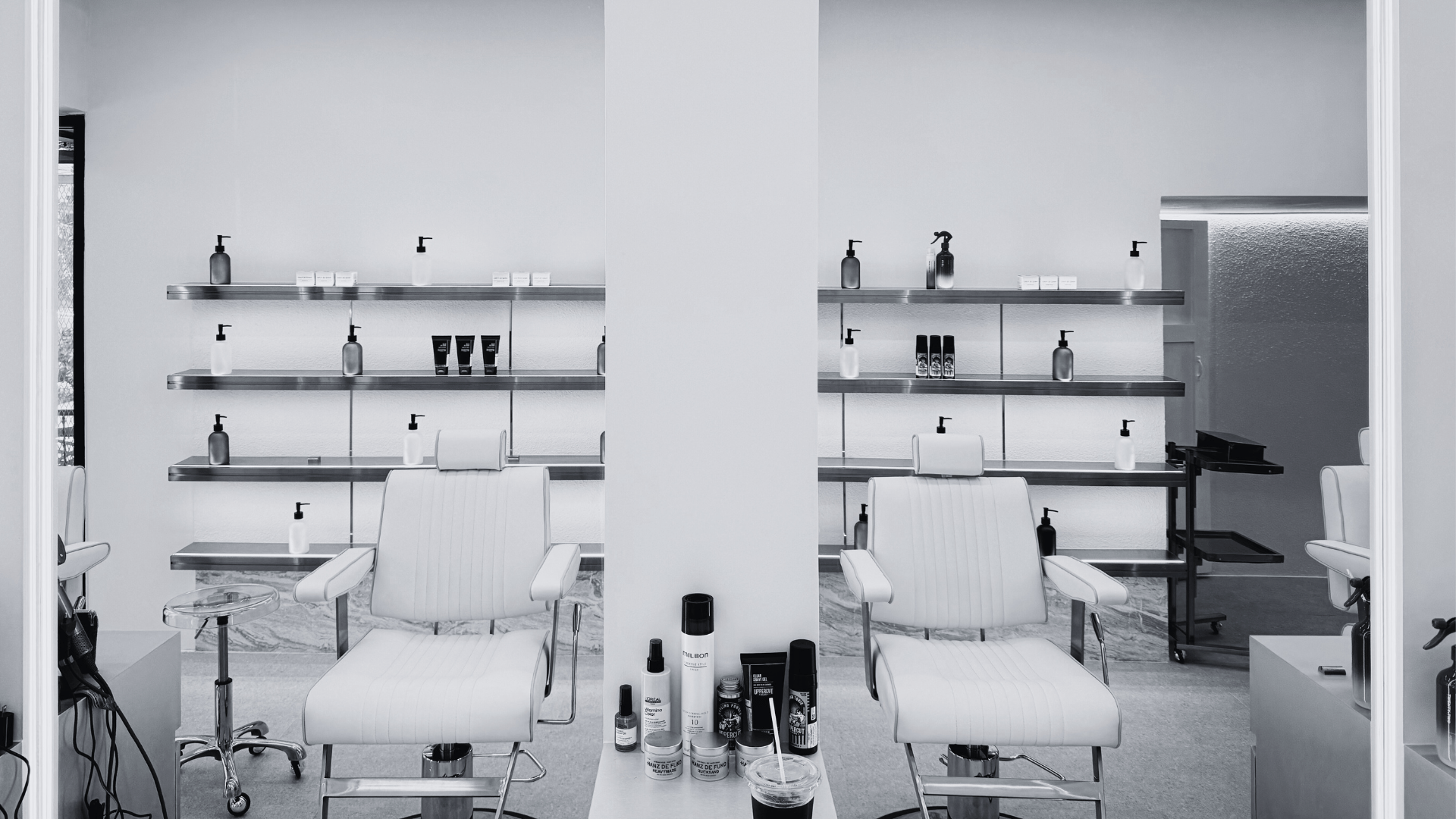Bangkok is a city that never slows down. Skytrain platforms hum at sunrise, motorbike couriers weave through traffic well after midnight, and the tropical air is thick with heat, humidity, and microscopic pollutants. In a metropolis that prizes productivity and style in equal measure, men often focus on the clothes, the haircut, and the fragrance—but forget the first thing anyone sees: the skin.
A professionally delivered facial is more than a fleeting indulgence; it is a scientifically grounded strategy for maintaining health, confidence, and longevity in a place where environmental stressors quietly wage war on a man’s face every single day.
Men’s skin differs physiologically from women’s. It is about twenty-five percent thicker, richer in collagen, and significantly oilier due to higher androgen levels. These traits offer some advantages, such as slower chronological wrinkling, yet they also create unique liabilities: visible pores, stubborn congestion, irritation from daily shaving, and a tendency to develop a dull, fatigued complexion. In Bangkok’s subtropical climate, sebum production can double within hours of leaving an air-conditioned office. Add exhaust fumes, construction dust, and ultrafine PM₂.₅ particles that penetrate pores more deeply than traditional dirt, and each commute becomes a rolling case study in accelerated oxidative stress. Facials specifically tailored for the male epidermis help neutralize these aggressors, restore balance, and reinforce the skin’s own defenses.
The city’s notorious pollution is not simply a cosmetic nuisance. Nitrogen dioxide, sulfur dioxide, and particulate matter produce free radicals that break down collagen, increase trans-epidermal water loss, and trigger hyperpigmentation. A medicated cleanser at home can remove superficial grime, but it cannot dissolve the oily biofilm that collects in pores or lift embedded carbon residue that disturbs pH. Professional facials employ enzymatic cleansers, ultrasonic spatulas, or hydradermabrasion devices that dislodge pollutants beyond the reach of fingertips. By escorting these contaminants out of the follicular canal, the treatment prevents subclinical inflammation that could later manifest as adult acne or premature wrinkles.

Many Bangkok professionals transition directly from climate-controlled offices to rooftop gyms, mixed-martial-arts studios, or football pitches along the Chao Phraya River. Intense physical activity triggers perspiration that forms an alkaline film on the face. Sweat is vital for thermoregulation, yet when mixed with urban dust it forms a paste that blocks sebaceous glands. Men who shave often compound the issue, because micro-abrasions serve as gateways for bacteria, leading to razor bumps and folliculitis. A targeted facial addresses these concerns by blending antiseptic botanicals with post-shave soothing agents. Mentholated compresses reduce follicular swelling, while tea-tree hydrosols quell microbial growth. The result is skin that remains resilient even under the combined pressures of exercise, humidity, and daily grooming.
A modern men’s facial in Bangkok typically begins with a consultation and skin analysis under a magnifying lamp or digital imaging system. The therapist assesses oil distribution, pore size, dehydration lines, and UV damage. This diagnostic phase is crucial, because using the wrong actives—a strong AHA on wind-chapped skin, for instance—can compromise the barrier. Next comes a double cleanse: first an oil-based solution to bind with sebum and pollutants, followed by a water-soluble foaming wash to strip away residual debris. Steam infused with Thai kaffir lime leaf opens the pyloric ostia, softening keratin plugs without aggressive scrubbing. This allows for gentle extractions, performed with sterile tools that lift comedones, not drag them.
Exfoliation is the turning point of the treatment. In Bangkok, where men’s skin often thickens in response to ultraviolet exposure, dual-action methods deliver optimal results. Chemical agents such as lactic or mandelic acid dissolve intercellular glue, while a micro-polishing wand buffs away loosened cells. The immediate effect is a smoother texture and enhanced radiance, but the deeper impact lies in stimulating cellular turnover, which in turn increases the efficacy of serums applied later. Once the stratum corneum is refined, the therapist may perform hydrafacial vortex suction to bathe the dermis with antioxidants like glutathione and vitamin C, neutralizing free radicals accumulated from polluted air.
A hallmark of an excellent facial is the massage sequence. Using rhythmic strokes that trace lymphatic pathways along the jaw, cheekbones, and temples, the therapist encourages metabolic waste to exit through the body’s drainage channels. In a city where many men spend hours hunched over computer screens, this massage also relaxes the occipital and masseter muscles that contribute to tension headaches and clenched jaws. Trigger-point work around the supraorbital ridge can alleviate eye fatigue caused by endless spreadsheets. The tactile stimulation boosts microcirculation, delivering oxygen-rich blood to the dermis, which nourishes fibroblasts responsible for collagen synthesis. The result is not just immediate relaxation, but a long-term investment in the skin’s architecture.
Mask application follows, chosen according to post-analysis needs. Bentonite clay detoxifies oily combination skin, while marine collagen sheets saturate dehydrated faces parched by office air conditioning. Bangkok’s humidity can trick men into thinking their skin is well hydrated when, in fact, trans-epidermal water loss is rampant due to disrupted lipid layers. Hence, hyaluronic acid masks restore moisture balance without clogging pores. LED light therapy may also be incorporated: red wavelengths stimulate collagen, blue combat inflammation, and near-infrared strengthens capillary walls weakened by constant temperature changes between street and skytrain. Each modality reinforces the last, producing a cumulative effect that outstrips any single retail product.
Serums and moisturizers finish the protocol. In Bangkok’s climate, lightweight emulsions rich in niacinamide, green tea polyphenols, and ceramides are preferable to occlusive creams. The therapist seals in hydration with a broad-spectrum sunscreen containing zinc oxide, crucial given the city’s peak UV index that hovers between nine and eleven for most of the year. A man who skips this step after a facial effectively erases half of the treatment’s benefits, because UV rays oxidize sebum and generate the very free radicals the facial just removed. Many high-end spas now offer mineral SPF formulas that disappear into darker skin tones without the dreaded white cast, making compliance easier for clients of diverse ethnicities.
Facials do not end when the client stands up from the treatment chair. Post-care education is integral: men are advised to avoid street food stalls that generate airborne grease immediately after a session, to swap foaming cleansers with sulfate-free gels that will not strip the acid mantle, and to schedule follow-up treatments every four to six weeks to align with the skin’s natural regeneration cycle. Consistency, rather than occasional splurges, yields measurable improvements in texture, tone, and resilience. Those who incorporate a monthly facial into their regimen report fewer breakouts, less post-shave irritation, and a newfound willingness to forego foundation or concealer because their own skin looks alive.
Bangkok’s competitive corporate culture rewards men who exude confidence. A fresh haircut and a tailored suit help, but luminous skin projects an authenticity no accessory can replicate. The psychological impact is profound: studies indicate that clean, healthy skin triggers positive social judgments related to vitality and competence. When a man looks in the mirror and sees clarity instead of congestion, he stands a little taller in the boardroom, smiles more freely on a date, and enters negotiations believing—often correctly—that he has an edge. Facials, therefore, become a business asset and a mental-health booster, not a vanity project.
In recent years, cutting-edge spas in Bangkok have started integrating head spa rituals and beard treatments into the facial session, creating a seamless bridge between grooming and skincare. A peppermint scalp exfoliation flushes out residue from hair styling products, while a leave-in tonic fortified with biotin stimulates follicles weakened by city dust. For clients who sport facial hair, barbers collaborate with estheticians to apply enzyme masks under the beard, preventing dryness and itch. These holistic offerings acknowledge that the modern Thai or expatriate man cannot afford to compartmentalize wellness; he must address skin, scalp, and beard as an interconnected ecosystem exposed to the same environmental rigors.
Choosing where to receive a facial matters. Look for spas that use medical-grade air purifiers in treatment rooms, because HEPA-filtered air prevents freshly exfoliated skin from absorbing residual pollutants. Verify that therapists hold internationally recognized certifications and receive ongoing training in both Asian and Western protocols. An authentic establishment should adjust every step—the temperature of the steam, the pressure of the massage, the pH of the mask—to Bangkok’s tropical context rather than replicate a one-size-fits-all template borrowed from milder climates.

Cost is often cited as a barrier, yet the economics favor regular treatments. A single congested pore that evolves into cystic acne can require months of dermatologist bills and prescription topicals to resolve. Premature wrinkles etched by oxidative stress demand far costlier interventions such as laser resurfacing or injectable fillers. Facials function like routine dental cleanings: minor, predictable expenses that prevent major, unpredictable ones. In that respect, they mirror the city’s newfound embrace of preventive healthcare, evident in the rise of boutique fitness studios and cold-pressed juice bars scattered across Thonglor and Silom.
As more men migrate to Bangkok’s central business district and commute by motorbike or tuk-tuk, the significance of professional skin care cannot be overstated. The dust swirling along Rama IV Road, the diesel exhaust on Sukhumvit, and the ultraviolet glare from glass-walled skyscrapers combine to age the skin faster than chronological years would suggest. A well-curated facial protects against this accelerated timeline. It detoxifies, replenishes, and fortifies, ensuring that a man’s exterior reflects the vigor he feels inside despite the city’s environmental assaults.
Ultimately, a facial is a conversation between therapist and skin, a dialogue that unravels the week’s accumulated stress, pollution, and tension. In Bangkok, where time may be the most valuable currency, carving out ninety minutes for such a treatment signals a mature prioritization of health. It aligns with the broader cultural shift toward holistic masculinity, where strength is measured not only in athletic records or corporate titles but in the willingness to care for one’s body and mind. The spa chair becomes an extension of the barber chair, and together they craft the complete look and feel of the twenty-first-century man—a man unafraid to protect the face he shows the world.
Facials for men are not fleeting trends imported from glossy magazines; they are essential, evidence-based tools for enduring the aggressive milieu of Bangkok life. The process of consultation, cleansing, exfoliation, extraction, massage, masking, and protection forms a ritual that detoxifies the epidermis, relaxes the musculature, and recalibrates the spirit. With pollution indices rising and schedules accelerating, the question is no longer whether men should invest in facials, but how soon they can book the next appointment. Because in the City of Angels, angels rarely sleep, and the skin that braves the city’s chaos deserves nothing less than meticulous, ongoing care.




